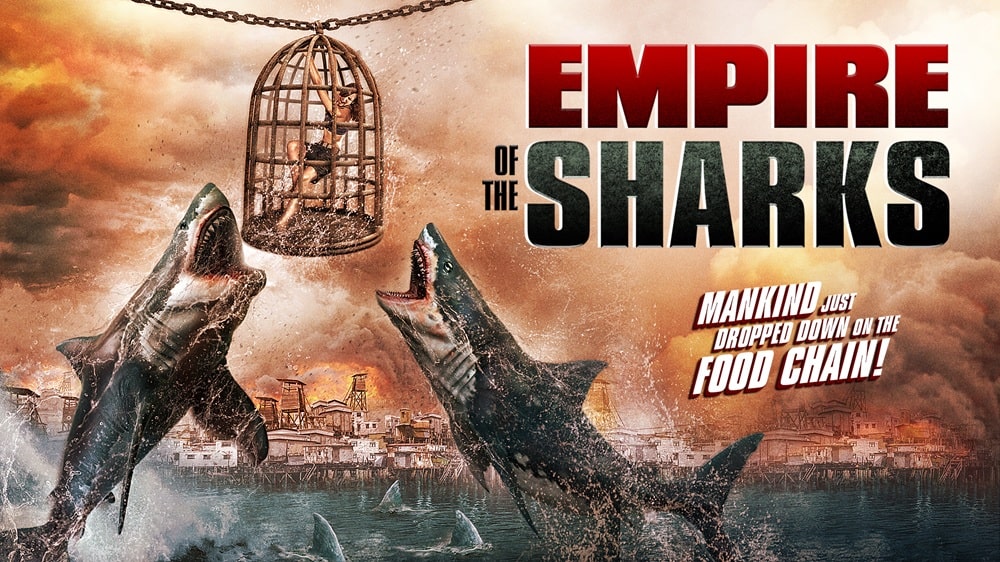Tor Doubles #34: Damon Knight’s Double Meaning and Rule Golden

Originally published in May 1991, Tor Double #34 includes two stories by Damon Knight that had previously appeared together (along with three other stories) in Knight’s 1979 collection Rule Golden and Other Stories, published by Avon. Although listed as Tor Double #34 on the copyright page, this volume was published the month before Tor Double #33, which was discussed last week.
Double Meaning was originally published in Startling Stories in January 1953. It was reprinted as one half of an Ace Double in 1965, appearing with the Damon Knight collection Off Center. When reprinted as an Ace Double, it was retitled The Rithian Terror. Over the years, it has been reprinted using both titles.
Knight tells the story of Thorne Spangler, an investigator for the intergalactic human empire. Based on Earth in the mid-twenty-sixth century, he is given the task of finding an enemy Rithian who has managed to make it to the home planet. The Rithians are an alien race who can disguise themselves as humans. A group of either were known to have landed on Earth, seven of whom have been killed, but the final one has gone missing.
Double Meaning is a buddy story, of sorts. Spangler is paired up with Jawj Pembun, an investigator from one of the human colonies who has more experience dealing with the Rithians than anybody on Earth. Spangler views Pembun as a hick and an amateur who refuses to investigate following protocol, instead going off on tangents and jumping to conclusions. The fact that Pembun is quickly proven right in most cases, only makes it harder for Spangler to accept the man or his methods. …












